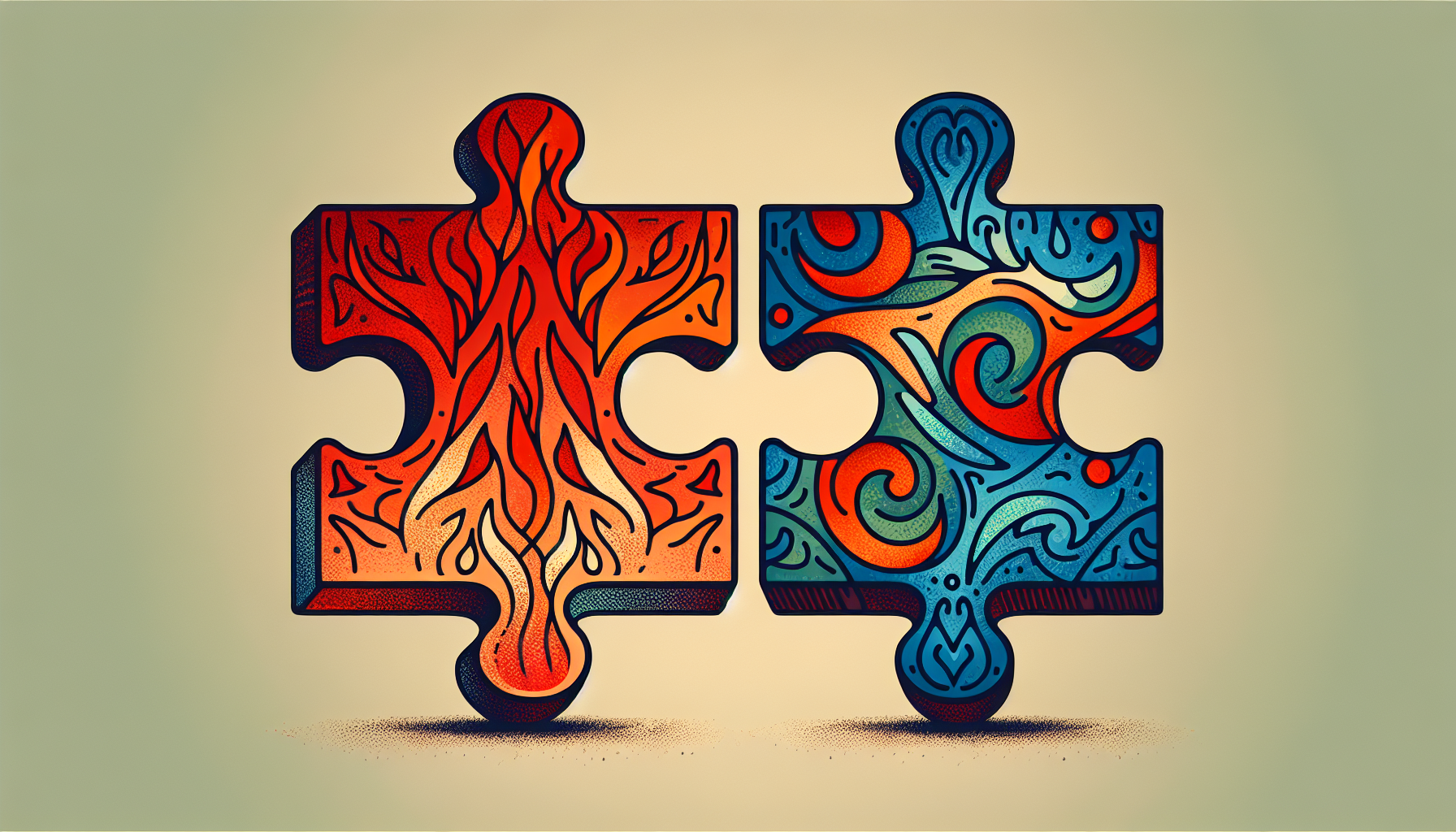Crypto for Creatives: Monetizing Digital Art with NFTs

Non-fungible tokens (NFTs) are unique digital assets that represent ownership of a specific item or content, verified through blockchain technology. Unlike traditional cryptocurrencies, which can be exchanged on a one-to-one basis, NFTs possess distinct characteristics that make them special. This feature empowers artists to create verifiable scarcity and provenance for their digital creations, which was previously challenging in the digital realm where copies can be easily made. The allure of NFTs for artists lies in the autonomy they offer. With NFTs, artists can set their own prices, retain royalties on secondary sales, and reach audiences worldwide without the intermediaries that have traditionally controlled the art market. This democratization has opened avenues for both established and emerging artists, allowing them to monetize their work in innovative ways.
The Process of Creating and Listing NFTs
1. **Choosing the Right Platform**: The first step for artists is to select an NFT marketplace that aligns with their goals and audience. Popular platforms include OpenSea, Rarible, and Foundation, each offering unique features, fee structures, and target demographics. Researching these platforms is essential for maximizing visibility and sales. 2. **Creating the Artwork**: Artists can transform various forms of digital creations—illustrations, animations, music, and videos—into NFTs. The quality of the artwork is paramount; it should resonate with the artist's distinctive style and appeal to potential buyers. 3. **Minting the NFT**: Minting is the process of uploading the digital artwork to the chosen marketplace, converting it into an NFT. Artists must create a digital wallet to store their NFTs and the cryptocurrency earned from sales. This step is crucial as it establishes ownership and authenticity. 4. **Setting a Price**: Pricing NFTs can be challenging. Artists have the option to list their NFTs at a fixed price or use an auction format. Factors to consider include the artwork’s uniqueness, the artist's reputation, and current market trends. Researching comparable sales can provide valuable insights into appropriate pricing. 5. **Promoting the NFT**: After listing the NFT, effective promotion is essential for attracting potential buyers. Artists should leverage social media platforms, engage with NFT communities, and collaborate with influencers to showcase their work. Building a personal brand and an audience can significantly enhance visibility in the crowded NFT marketplace.
Successful Case Studies
Several artists have made headlines by successfully navigating the NFT landscape, illustrating its vast potential: - **Beeple**: Digital artist Beeple achieved fame when his work "Everydays: The First 5000 Days" sold for an astonishing $69 million at a Christie’s auction. This monumental sale not only catapulted Beeple into the mainstream art world but also brought widespread attention to the possibilities inherent in digital art and NFTs. - **Grimes**: Musician and visual artist Grimes sold a collection of NFTs for nearly $6 million, demonstrating that artists from diverse backgrounds can thrive in the NFT space. Her success emphasizes the versatility of NFTs as a medium for various forms of artistic expression. - **Pak**: Known for his avant-garde approach to digital art, Pak has sold NFTs worth millions, challenging traditional notions of art and ownership. His innovative strategies, such as creating limited editions and engaging with collectors directly, have positioned him as a leading figure in the NFT community.
Practical Advice for Navigating the NFT Marketplace
1. **Stay Informed**: The NFT market is dynamic and ever-changing. Artists should keep abreast of trends, emerging platforms, and tools to remain competitive and effectively market their work. 2. **Engage with the Community**: Building connections with fellow artists, collectors, and enthusiasts can provide invaluable insights and increase visibility. Participating in discussions, forums, and social media groups can foster relationships that benefit an artist’s career. 3. **Protect Your Work**: Even though NFTs offer certain security features, artists should remain vigilant against theft and unauthorized reproductions. Utilizing watermarks, maintaining records of original files, and being cautious about sharing work online can help mitigate risks. 4. **Consider Environmental Impact**: The energy consumption of blockchain technology is a significant concern. Artists should explore platforms that prioritize sustainability and eco-friendly practices to align their values with their artistic endeavors.
The rise of NFTs represents a groundbreaking opportunity for artists to monetize their work in ways that were previously unimaginable. By understanding the NFT landscape, learning from successful case studies, and applying practical strategies, creatives can navigate this digital frontier and unlock new revenue streams. As the market continues to evolve, artists who embrace these changes will not only redefine their careers but also contribute to the broader conversation about the future of art in the digital age. The intersection of art, technology, and finance is becoming increasingly relevant, and for those willing to adapt, the world of NFTs offers a canvas of limitless possibilities.
NFT Marketplace Manager
OpenSea, Rarible, Foundation
Core Responsibilities
Oversee the operations and strategy of an NFT marketplace, ensuring a seamless user experience for both artists and collectors.
Analyze market trends and user feedback to optimize platform features and increase engagement.
Required Skills
Strong understanding of blockchain technology and NFT ecosystems.
Experience in digital marketing, analytics, and community engagement strategies.
Digital Art Curator
Online galleries, NFT platforms, art institutions
Core Responsibilities
Curate collections of digital art for NFT exhibitions, focusing on emerging trends and notable artists.
Collaborate with artists and collectors to promote NFT events and launches.
Required Skills
Knowledge of art history and contemporary digital art trends.
Strong communication skills and a network within the digital art community.
Blockchain Developer for NFT Projects
Blockchain startups, NFT platforms, tech companies focusing on digital assets
Core Responsibilities
Design and implement smart contracts for minting and trading NFTs, ensuring security and functionality.
Collaborate with artists and project managers to develop custom NFT solutions tailored to specific art pieces or collections.
Required Skills
Proficient in programming languages such as Solidity, JavaScript, and familiarity with Ethereum and other blockchain platforms.
Understanding of cryptographic principles and decentralized application (dApp) development.
Digital Marketing Specialist for NFT Artists
Digital marketing agencies, NFT projects, independent artists seeking representation
Core Responsibilities
Develop and execute marketing strategies to promote NFT artworks, including social media campaigns and influencer collaborations.
Analyze data and metrics to assess the effectiveness of marketing initiatives and adjust strategies accordingly.
Required Skills
Proficiency in digital marketing tools, SEO, and content creation specific to the art and NFT market.
Strong understanding of the NFT community and engagement tactics to reach potential buyers.
Community Manager for NFT Platforms
NFT marketplaces, blockchain startups, art collectives
Core Responsibilities
Foster and manage community engagement across social media platforms, forums, and events related to NFT projects.
Address community inquiries, gather feedback, and build relationships to enhance user experience and loyalty.
Required Skills
Excellent communication and interpersonal skills, with a knack for building online communities.
Familiarity with NFT culture and trends to effectively engage and grow the community.


